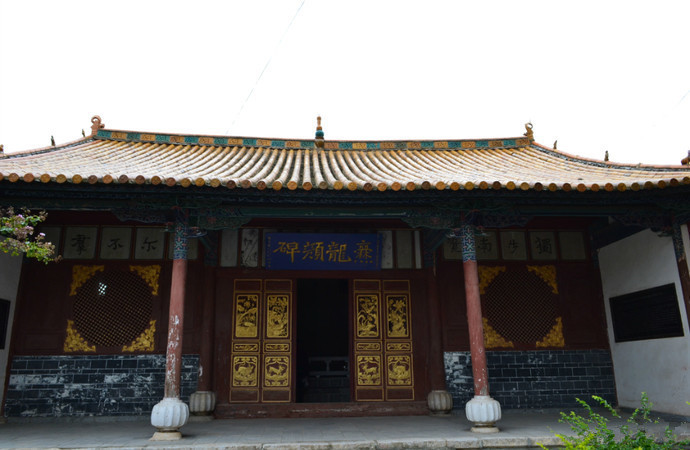
Cuanbaozi Tablet in Qujing City
Overview
The full title of the Cuan Baozi Stele is “Stele of the Grave of Cuan Fuhjun, General Zhenwei of Jin, Governor of Jianning” (晋故振威将军建宁太守爨府君墓碑). This stele was carved in the fourth year of the Da Heng era of the Eastern Jin Dynasty (公元405年). It was excavated in the 43rd year of the Qianlong era (公元1778) in Yangqi Field, 70 li south of Qujing (曲靖), Yunnan (云南), and was later moved to the Wuhou Temple (武侯祠). It currently resides in the “Cuan Bei Pavilion” (爨碑亭) of Qujing No. 1 Middle School and is a key national cultural relic protection unit. The stele measures 190 cm in height and 71 cm in width.
Content of the Stele
The Cuan Baozi Stele contains 13 lines of text, each with 30 characters. The lower section lists the names of the stele’s creators across 13 lines, with 4 characters per line. The inscription details the life of the grave’s owner, Cuan Baozi, and expresses praise for him. The right lower corner features a six-line postscript in clerical script by Deng Erheng, the governor of Qujing, from the second year of the Xianfeng era (公元1852). The font style of the stele transitions from clerical to regular script. The entire inscription comprises over 400 characters, with a natural layout that is harmonious and unified.
Inscription Text
碑额: 晋故振威将军建宁太守爨府君之墓
碑文: 君讳宝子字宝子,建宁同乐人也。君少禀瑰伟之质,长挺高邈之操。通旷清恪,发自天然;冰洁简静,道兼行苇。淳粹之德,戎晋归仁。九皋唱于名响,束帛集于闺庭。抽簪俟驾,朝野咏歌。州主薄治中别驾,举秀才本郡太守。宁抚氓庶,物物得所。春秋廿三,寝疾丧官,莫不嗟痛,人百其躬,情恸发中,相与铭诔,休扬令终,永显勿翦。其辞曰:
山岳吐精,海诞陼光。穆穆君侯,震响锵锵。弱冠称仁,咏歌朝乡。在阴嘉和,处渊流芳。宫宇数仞,循得其墙。馨随风烈,耀与云扬。鸿渐羽仪,龙腾凤翔。矫翮凌霄,将宾乎王。鸣鸾紫闼,濯缨沧浪。庶民子来,挚维同响。周遵绊马,曷能赦放。位才之绪,遂居本邦。志业方熙,道隆黄裳。当保南岳,不骞不崩。享年不永,一匮始倡。如何不吊,歼我贞良。回抱圣姿,影命不长。自非金石,荣枯有常。幽潜玄穹,携手颜张。至人无想,江湖相忘。于穆不已,肃雍显相。永惟平素,感恸忾慷。林宗没矣,令名遐彰。爰铭斯诔,庶存甘裳。呜呼哀哉!
大亨四年,岁在乙巳,四月上恂立
Names of Contributors
主簿: 杨磐 (Yang Pan); 录事: 孟慎 (Meng Shen); 西曹: 陈勃 (Chen Bo); 都督: 文礼 (Wen Li); 都督: 董彻 (Dong Che); 省事: 陈奴 (Chen Nu); 省事: 杨贤 (Yang Xian); 书佐: 李仂 (Li Le); 书佐: 刘儿 (Liu Er); 干吏: 任升 (Ren Sheng); 干吏: 毛礼 (Mao Li); 小吏: 杨利 (Yang Li); 威仪: 王玉 (Wang Yu).
Postscript by Deng Erheng
The stele was discovered 70 li south of the county in Yangqi Field, excavated in the fifth year of Qianlong. It was recorded in the New General Records but lacked detail. After the recent revision of the “Nanning County Chronicle,” the inscription was compiled, and it was moved to the Wuhou Temple in the city. The year of the Jin dynasty was renyin (公元402), later changed to Yuanxing. The stele dates back to the fourth year of Da Heng, but the changing era names in the inland were unknown in Yunnan, hence its continued usage.
Background
The Cuan Baozi Stele records the life of its master, Cuan Baozi, who was from Jianning (建宁), now known as Luliang (陆良), Yunnan. Born in 380 AD, he died in 403 AD at the age of 19, having served as the governor of Jianning during a turbulent time. The Cuan family became the most powerful force in the region after the fall of two rival clans. Cuan Baozi’s governance emphasized ethnic equality and unity, earning him great respect from the people, who mourned his death deeply, leading to the creation of this stele.
Artistic Appreciation
Calligraphy
The calligraphy of the Cuan Baozi Stele is characterized by a majestic and bold style. Each character’s form is crafted uniquely, with an emphasis on triangular points and strong strokes, showcasing a transitional style between clerical and regular scripts. The characters mainly follow rectangular and square forms, contributing to a deep and rich visual style.
Structure
Breaking from traditional symmetry, the stele’s characters vary in size and structure, reflecting a dynamic aesthetic. Repeated characters maintain distinctiveness, embodying the Jin Dynasty’s quest for novelty.
Layout
The stele adheres to principles of symmetry and harmony, exhibiting clear spacing and captivating rhythms. Even with 15 characters in the header, the layout remains cohesive and vibrant.
Notable Comments
The modern thinker and educator Kang Youwei noted its ancient beauty, while the politician Li Genyuan commented on its robust character.
Historical Legacy
The Cuan Baozi Stele is a vital artifact representing the transition from clerical to regular script in Chinese calligraphy. Its unique style contrasts sharply with the refined script of later periods. The stele holds immense cultural and historical significance, representing the governance and culture of the Cuan family in Yunnan.
How to Get There
To visit the Cuan Baozi Stele, head to Qujing City, Yunnan. The stele is located within Qujing No. 1 Middle School, which can be reached by bus or taxi from the city center.
Travel Tips
- Timing: Visit during school hours for guided access.
- Respect: Be mindful of the school environment and students.
- Photography: Capture the details of the stele but refrain from using flash.
- Explore: Take time to explore nearby historical sites in Qujing for a more comprehensive experience.
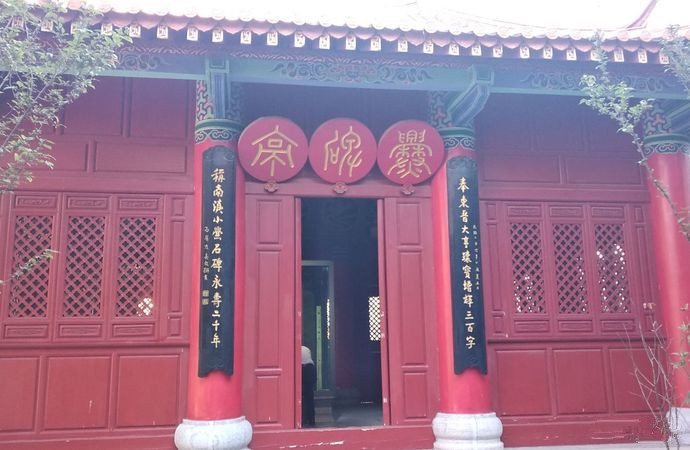
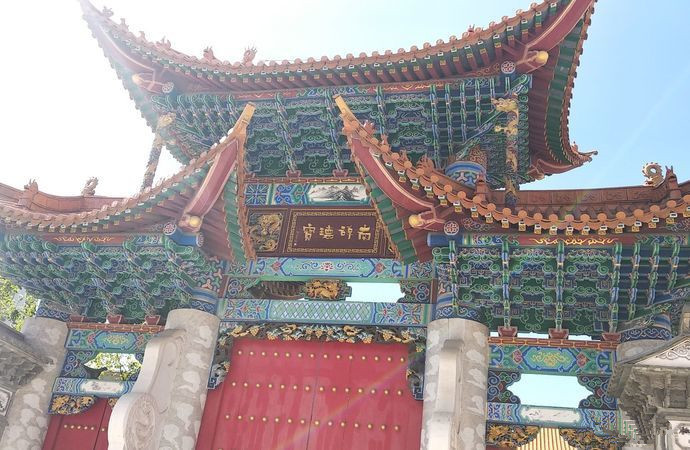
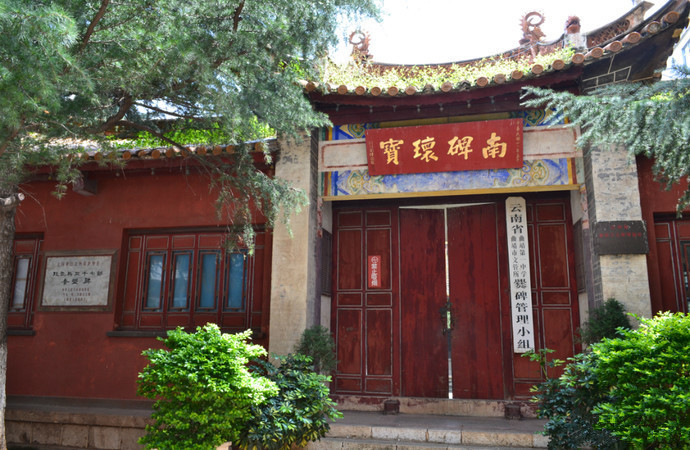
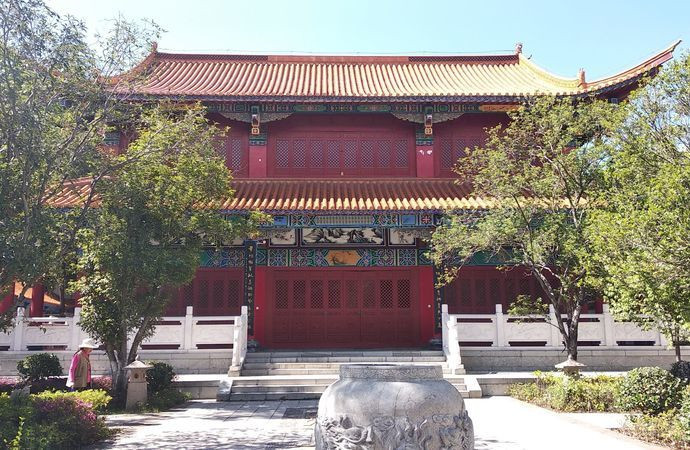
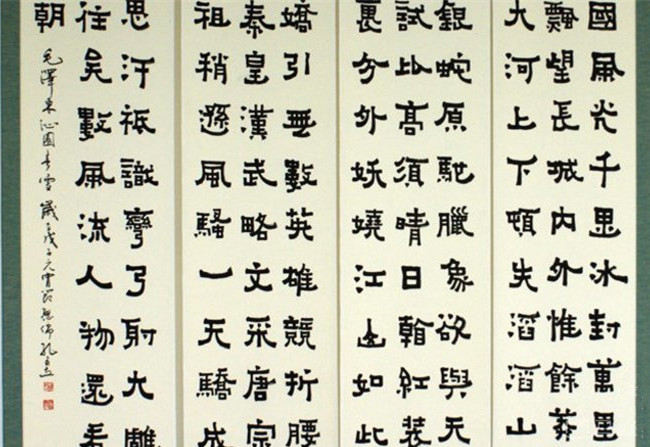
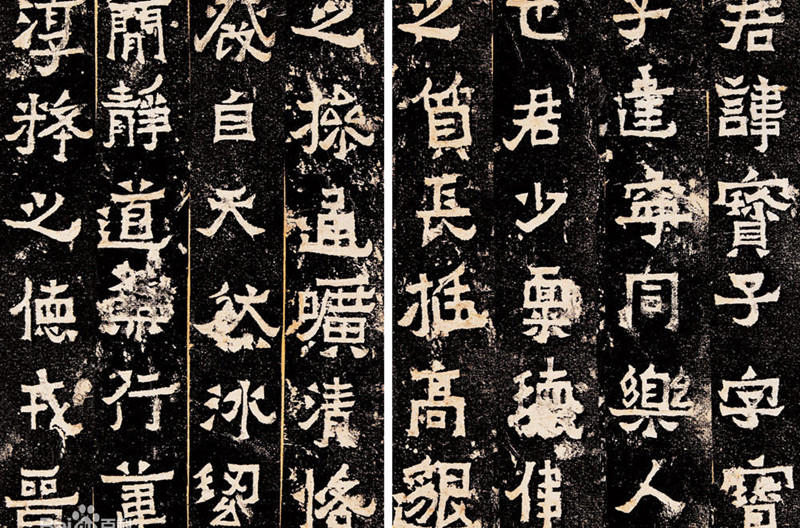
Location:

 7 Days GolfingTour
7 Days GolfingTour
 8 Days Group Tour
8 Days Group Tour
 8 Days Yunnan Tour
8 Days Yunnan Tour
 7 Days Shangri La Hiking
7 Days Shangri La Hiking
 11 Days Yunnan Tour
11 Days Yunnan Tour
 6 Days Yuanyang Terraces
6 Days Yuanyang Terraces
 11 Days Yunnan Tour
11 Days Yunnan Tour
 8 Days South Yunnan
8 Days South Yunnan
 7 Days Tea Tour
7 Days Tea Tour
 8 Days Muslim Tour
8 Days Muslim Tour
 12 Days Self-Driving
12 Days Self-Driving
 4 Days Haba Climbing
4 Days Haba Climbing
 Tiger Leaping Gorge
Tiger Leaping Gorge
 Stone Forest
Stone Forest
 Yunnan-Tibet
Yunnan-Tibet
 Hani Rice Terraces
Hani Rice Terraces
 Kunming
Kunming
 Lijiang
Lijiang
 Shangri-la
Shangri-la
 Dali
Dali
 XishuangBanna
XishuangBanna
 Honghe
Honghe
 Kunming
Kunming
 Lijiang
Lijiang
 Shangri-la
Shangri-la
 Yuanyang Rice Terraces
Yuanyang Rice Terraces
 Nujiang
Nujiang
 XishuangBanna
XishuangBanna
 Spring City Golf
Spring City Golf
 Snow Mountain Golf
Snow Mountain Golf
 Stone Mountain Golf
Stone Mountain Golf

